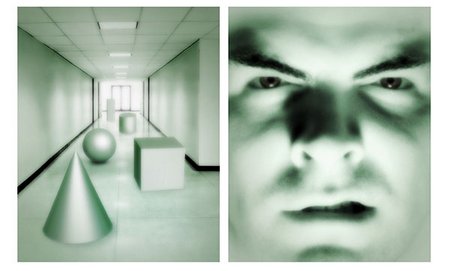I and the guys upstairs have often insisted, the earth is not fragile; life itself is not fragile. Here’s correlation from an unexpected — and poetic — source. From The New York Times, http://www.nytimes.com/2008/12/24/opinion/24morton.html?_r=1&ei=5070&emc=eta1
Not-So-Lonely Planet
By OLIVER MORTON
Published: December 23, 2008
San Francisco
THEY came for the Moon, and for the first three orbits it was to the Moon that the astronauts of Apollo 8 devoted their attention. Only on their fourth time round did they lift their eyes to see their home world, rising silently above the Moon’s desert plains, blue and white and beautiful. When, later on that Christmas Eve in 1968, they read the opening lines of Genesis on live television, they did it with a sense of the heavens and the Earth, of the form and the void, enriched by the wonder they had seen rising into the Moon’s black sky.
The photograph of that earthrise by the astronaut Bill Anders forms part of the Apollo program’s enduring legacy — eclipsing, in many memories, any discoveries about the Moon or renewed sense of national pride. It and other pictures looking back at the Earth provided a new perspective on the thing that all humanity shares. As Robert Poole documents in his history, “Earthrise: How Man First Saw the Earth,” that perspective had deep cultural effects, notably in the emotional resonance it offered the growing environmental movement. Seen from the Moon, the Earth seemed so small, so isolated, so terribly fragile.
Continue reading Not-So-Lonely Planet
